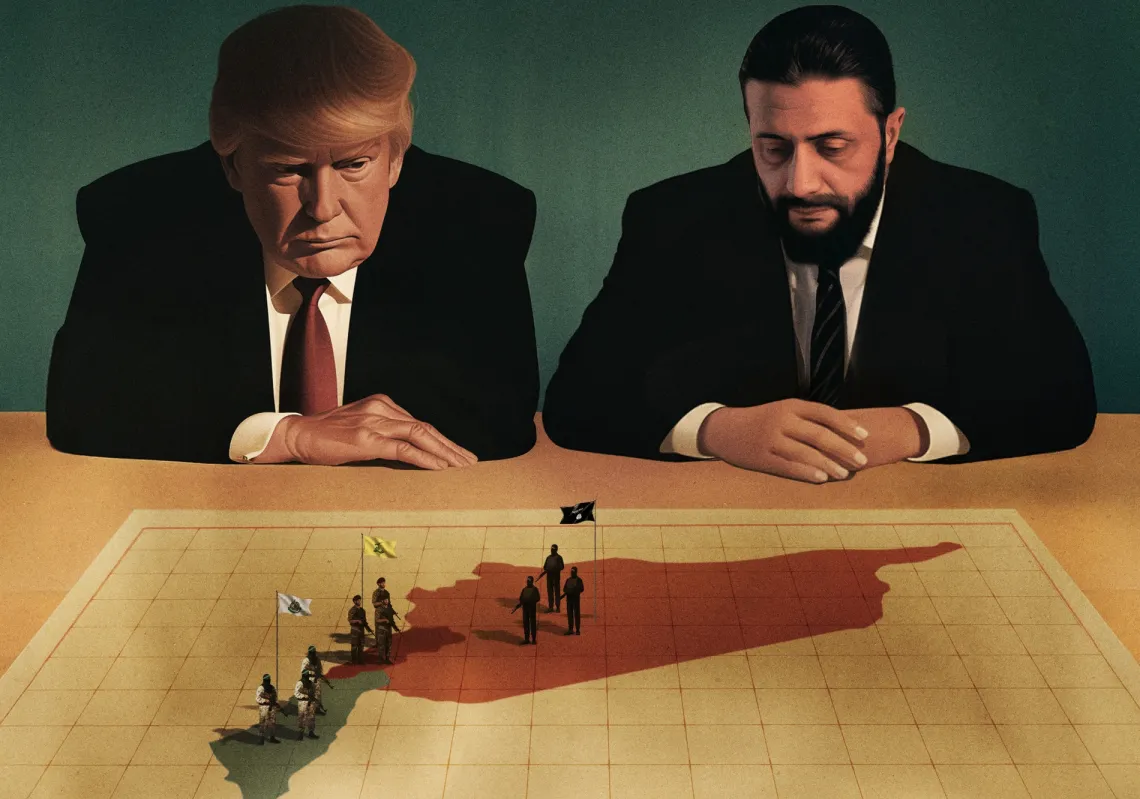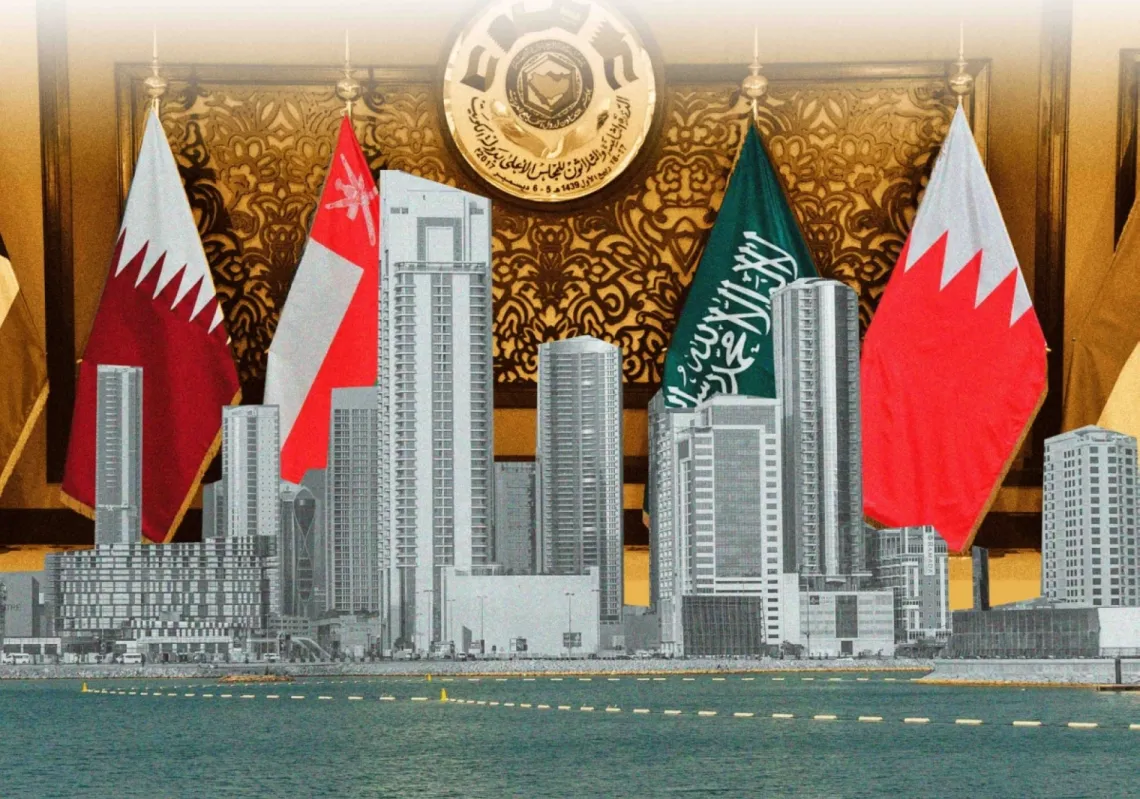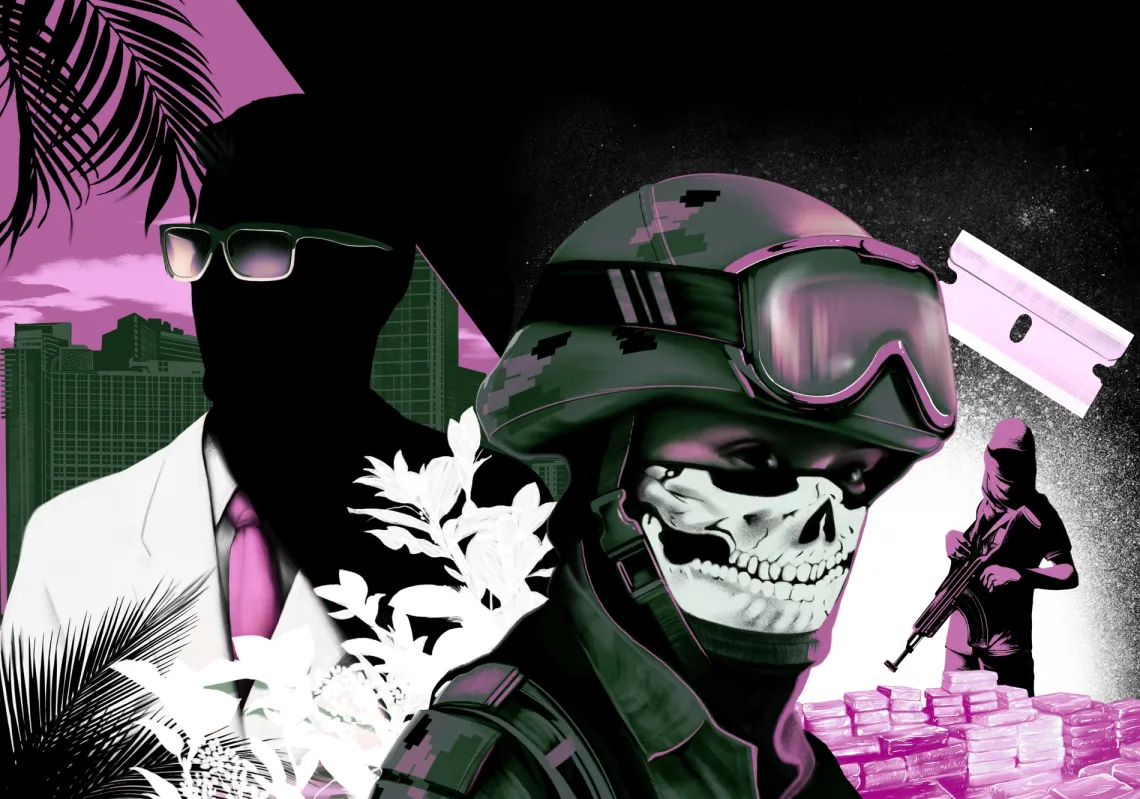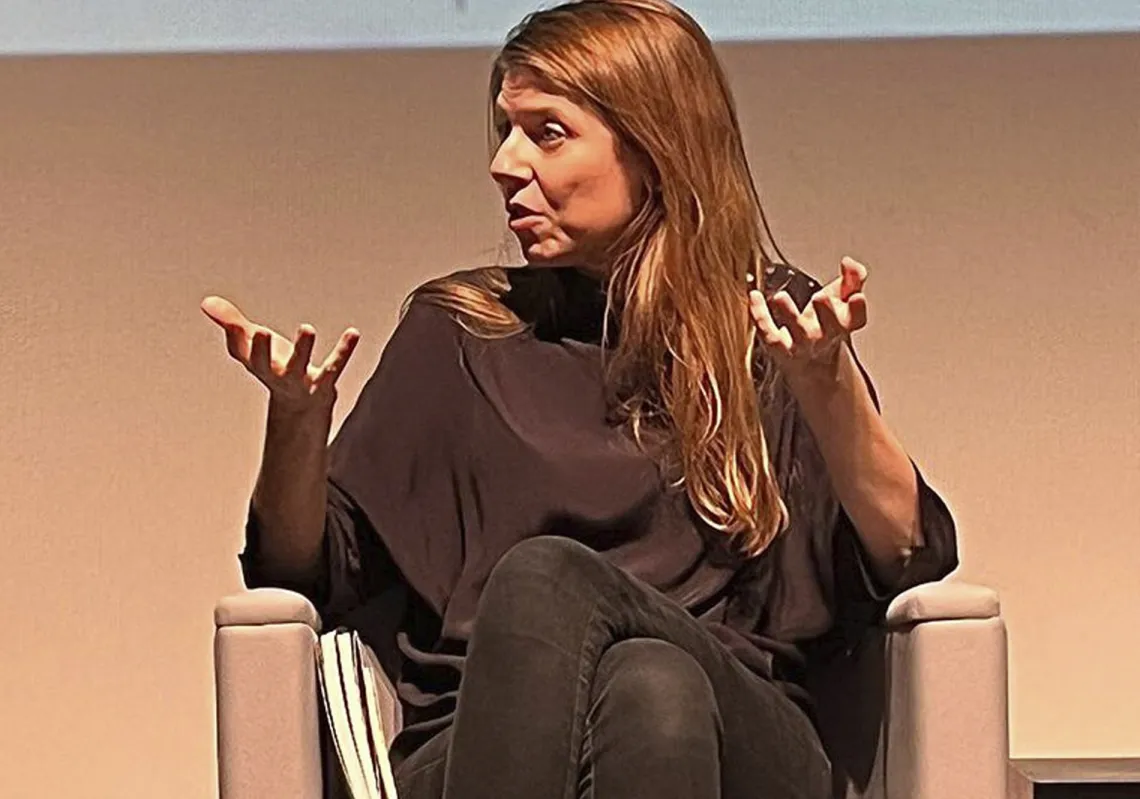 A Russian ruble coin is pictured in front of St. Basil cathedral in central Moscow, on November 20, 2014. After having recently spent billions of dollars per day to support the ruble in a flexible trading band that limited swings in the currency, the Bank of Russia ended its unlimited daily interventions to avoid speculation against the currency. Russian ruble has lost more than 30 percent during the last four months to Euro and US dollar. AFP PHOTO / ALEXANDER NEMENOV (Photo credit should read ALEXANDER NEMENOV/AFP/Getty Images)[/caption]
A Russian ruble coin is pictured in front of St. Basil cathedral in central Moscow, on November 20, 2014. After having recently spent billions of dollars per day to support the ruble in a flexible trading band that limited swings in the currency, the Bank of Russia ended its unlimited daily interventions to avoid speculation against the currency. Russian ruble has lost more than 30 percent during the last four months to Euro and US dollar. AFP PHOTO / ALEXANDER NEMENOV (Photo credit should read ALEXANDER NEMENOV/AFP/Getty Images)[/caption]By Maia Otarashvili*
Vladimir Putin’s United Russia party won 343 of the 450 seats in Duma after Russia’s September 2016 parliamentary elections. A combination of widespread allegations of election-rigging, a low, 48% voter turnout, and practically non-existent opposition, ensured the United Russia’s victory was not a surprise to anyone. Now Mr. Putin’s government has another five years to rule the country, and Mr. Putin’s popularity still remains at around 80%. In 2018 another important election will take place, this time presidential. The 63 year-old Mr. Putin, who has been the most powerful man in Russia for over 16 years, will likely participate in the 2018 presidential elections, seeking to become Russia’s president for the fourth time.
Much like the Duma elections, the Presidential elections are also predicted to go over seamlessly for Mr. Putin, ensuring the continuity of his rule in Russia. But there is still one year between now and the 2018 presidential elections. Could anything weaken Vladimir Putin’s popularity and thus his grip on power? Much has been done by the Russian government in terms of propaganda and disinformation in order to ensure Mr. Putin’s continued popularity and help create positive PR within Russia for his adventures abroad (from Crimea to Donbas to Syria). However, another stabilizing aspect contributing to Mr. Putin’s popularity and his regime’s stability at home is the Russian economy. The country has come a long way since the “dark days” of the 1990’s when the post-Soviet Russia was practically a failed state. For Russia, much like for its neighboring post-Soviet states, any form of stable state-funded social welfare can be a cause for relative public satisfaction. Should the Russian economy crumble, the government would have to resort to austerity measures that would cut pensions and salaries, certainly a straw that can break the camel’s back. Thus not surprisingly many experts believe that deep economic troubles would very likely destabilize Vladimir Putin’s regime. After all, this type of thinking was the main driver of the Western economic sanctions against Russia: threat of economic instability is a threat of regime instability for Mr. Putin, thus the economic sanctions can be used as a soft power tool to externally influence Mr. Putin and his inner circle, and discourage Russia from making further aggressive moves abroad, precisely in places like Ukraine and Syria.
Key Economic Indicators
Thus in view of the sanctions and the sustained low prices on oil – Russia’s main income source – what is the current condition of the Russian economy? The sanctions have been in place for approximately two years. The energy prices fell and stayed low almost immediately after the sanctions were imposed. The dual-shock on Russia’s economy was significant but not deadly by any means. Initially the currency lost quarter of its value, in 2015 Russia experienced a severe recession at -3.7% GDP growth. This was followed by approximately -0.5% growth in 2016. The direct effects of the sanctions, the low oil prices, and even the systemic corruption and lack of transparency in the Russian economy have not resulted in a lasting deep recession. The Russian economy is actually expected to achieve relative stability in 2017, and according to some predictions it could even reach positive growth at 0.7%. Unemployment is low, just under 6%. While 2015 inflation rate was high at 15.6%, it has now been lowered to just under 7% (approx. average) for 2016.
[caption id="attachment_55252499" align="aligncenter" width="1592"]
 Source: World Bank
Source: World Bank[/caption]
The economic crisis has also increased poverty levels in Russia. According to World Bank data 11.2% of the population lived in poverty in 2014. That number increased to 13.3% in 2015. While the increase is stark, data also show that poverty rates in Russia are still far better than they were in 2005 (17.8%), or in 2002 (24.6%). GNI per capita (gross national income), another important poverty measure, shows similar results. Russia’s GNI index has dropped sharply from $14,840 in 2013 to $11,400 in 2015. However, this is still quite acceptable compared to Russia’s GNI index of $3,440 in 1991, and $1,750 in 1999, when Vladimir Putin first became Russia’s Prime Minister.
Looking Ahead
Economists in the West are divided when it comes to predicting the implications of the current and mid-term economic conditions on the long term economic future of Russia, and on the domestic and foreign affairs of the Russian government. For example, Sergey Aleksashenko recently wrote that “lacking investment growth, 2% growth will be the dream, while on average the growth rate will not exceed 1% per year, and in fact from time to time dip below zero” but added that unless the Russian economy experiences “another 5% decline within a year and/or 30-50% devaluation of the ruble” Putin is unlikely to change his Ukraine policy in return of the easement of Western sanctions. Indeed these numbers would allow Russia to stay afloat. On the other hand in the beginning of 2016 Vladislav Inozemtsev warned observers that Russia is very likely to soon enter “a time of economic self-destruction.”
However, for Russia “economic self-destruction” would mean in a way returning to the 1990’s devastating levels of key economic indicators. Experience shows us that this is not a matter of one or two years, but only possible as a result of either complete state collapse, or a prolonged, persistently deep economic recession. Russia is not likely headed for a complete state collapse in the near future, and it is very likely that economic conditions will not be a jeopardizing factor for Putin’s reelection. However, a prolonged deep economic recession is still quite likely. Indeed, the 2017 growth forecast shows that Russia may manage to just barely get out of recession next year. However, tightened Western sanctions and Russia’s increased military spending, in addition to continued expenditures for affording the loyalty of its officially or unofficially annexed territories of Crimea and Donbas (in Ukraine), Abkhazia and South Ossetia (in Georgia), and Transnistria (in Moldova), are bound to add up over the coming years. Thus a continued recession, or at least lack of growth, isn’t completely out of the question yet.
Russia’s case is an important example of how the influence of external actors can play a decisive role in one state’s or region’s fate. The West has the option to stay committed to its Russia sanctions over Ukraine, and even tighten and broaden them. Yet we are now witnessing the sanctions regime being used as a bargaining chip by Russia in the negotiations over Syria. Will the US and the EU have enough disciple to keep their commitment to defending Ukraine’s sovereignty and let Russia face a long-term economic devastation? The upcoming changes in America’s leadership may help us find an answer to this question.
*Maia Otarashvili is Research Fellow and Program Manager of the Eurasia Program at the Foreign Policy Research Institute in Philadelphia. She holds an MA in Globalization, Development, and Transitions from the University of Westminster in London, UK. Her current research is focused on the post-communist countries of the Eurasia region, including the Black Sea and Caucasus states.









